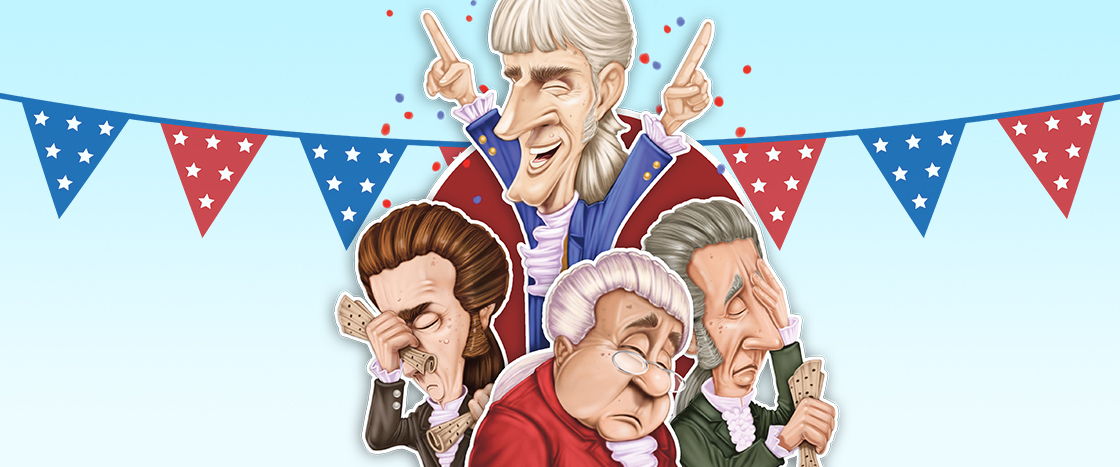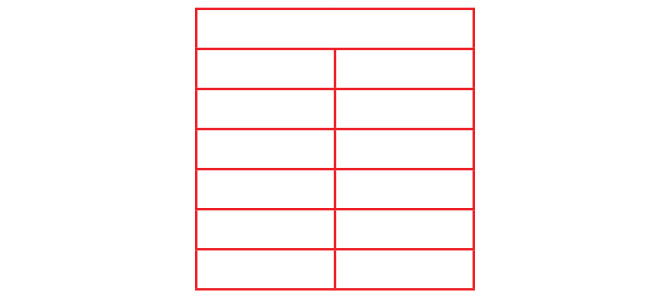According to the law at the time, the candidate with the most electoral votes became president and the second-place candidate became vice president (see What is the Electoral College?, right). But in this election, Thomas Jefferson and his opponent Aaron Burr both won 73 electoral votes. It took 5 days and 3 dozen ballots for electors to call Jefferson the winner. The experience was so difficult it led lawmakers to pass the 12th Amendment. This changed the procedure for electing presidents and vice presidents.
Election laws were different in 1800 than they are now. In 1800, the candidate who got the most electoral votes became president. The candidate who came in second became vice president (see What Is the Electoral College?, right). Thomas Jefferson and Aaron Burr were opponents in the 1800 election. But they both won 73 electoral votes! Electors took five days to decide who should win. They cast three dozen ballots! Finally, the electors named Jefferson the winner. The experience was very difficult. Lawmakers decided to pass the 12th Amendment. This amendment changed the rules for electing presidents and vice presidents.



